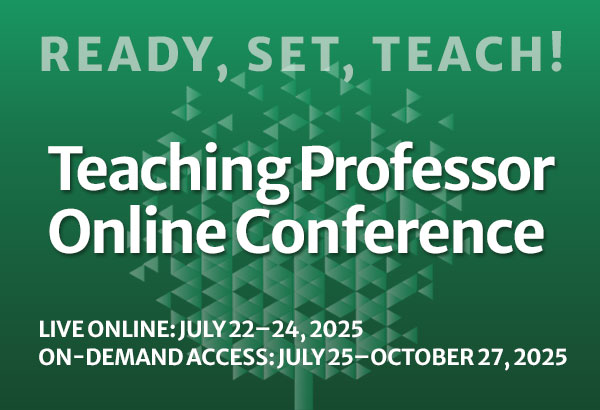
Less Is More: Slowing Down to Uncover Depth in Teaching
I’ve been wanting to write about my journey to embrace Rumi’s wisdom in my pedagogy. My teaching career began at a community college, where I served from 2007 to 2021, initially as an adjunct and later as a full-time faculty member in the Department of












